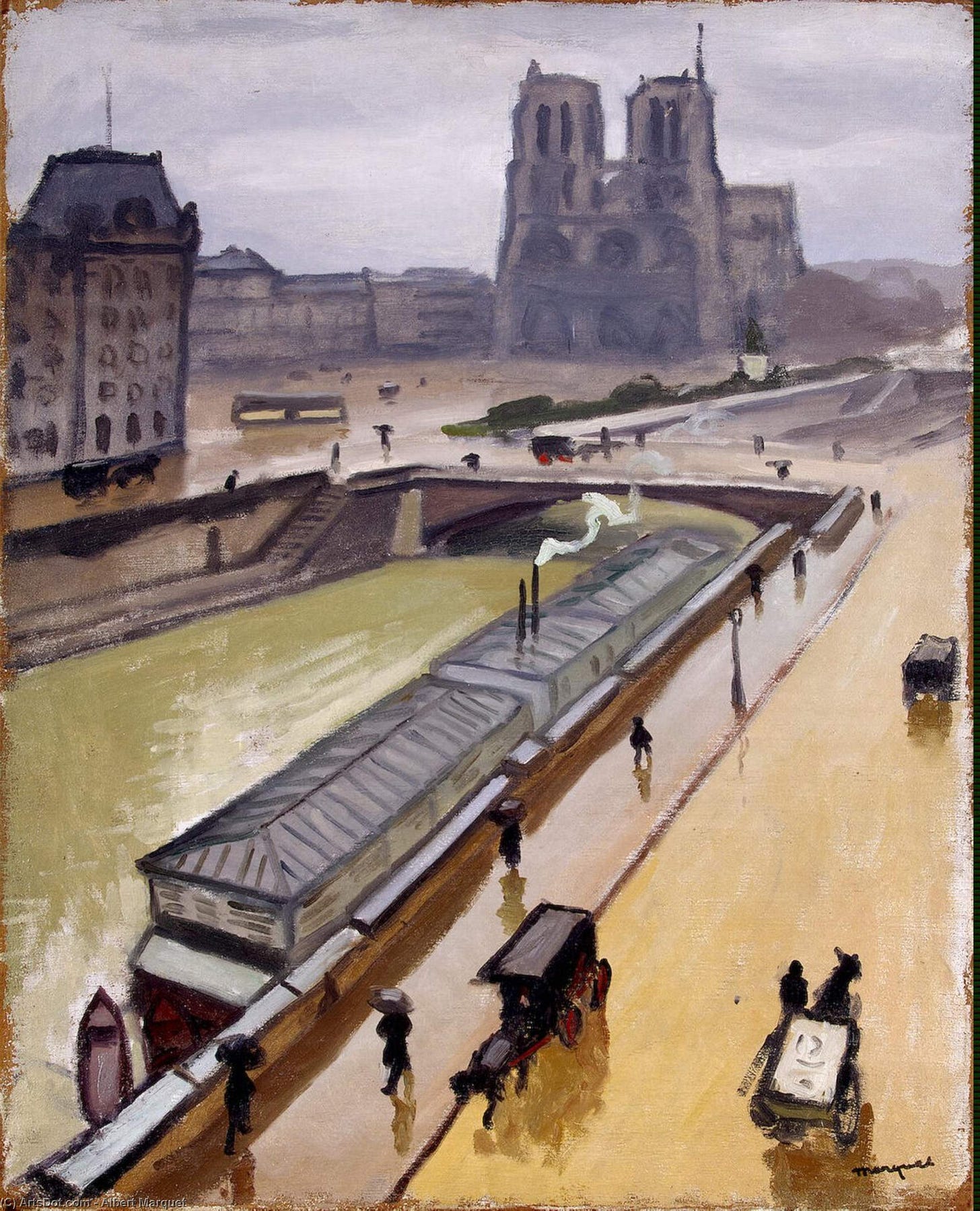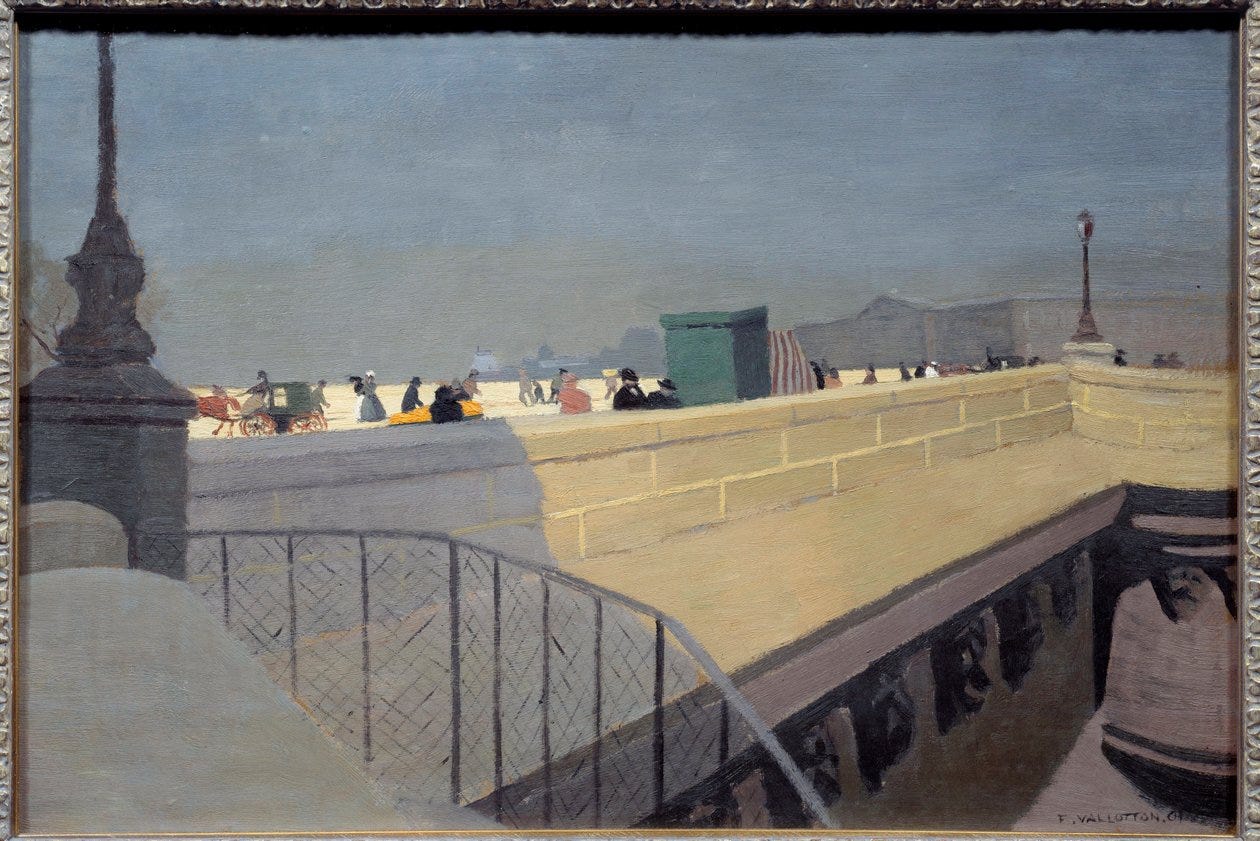Edward Hopper in Paris
Did Edward Hopper look at Felix Vallotton's paintings?
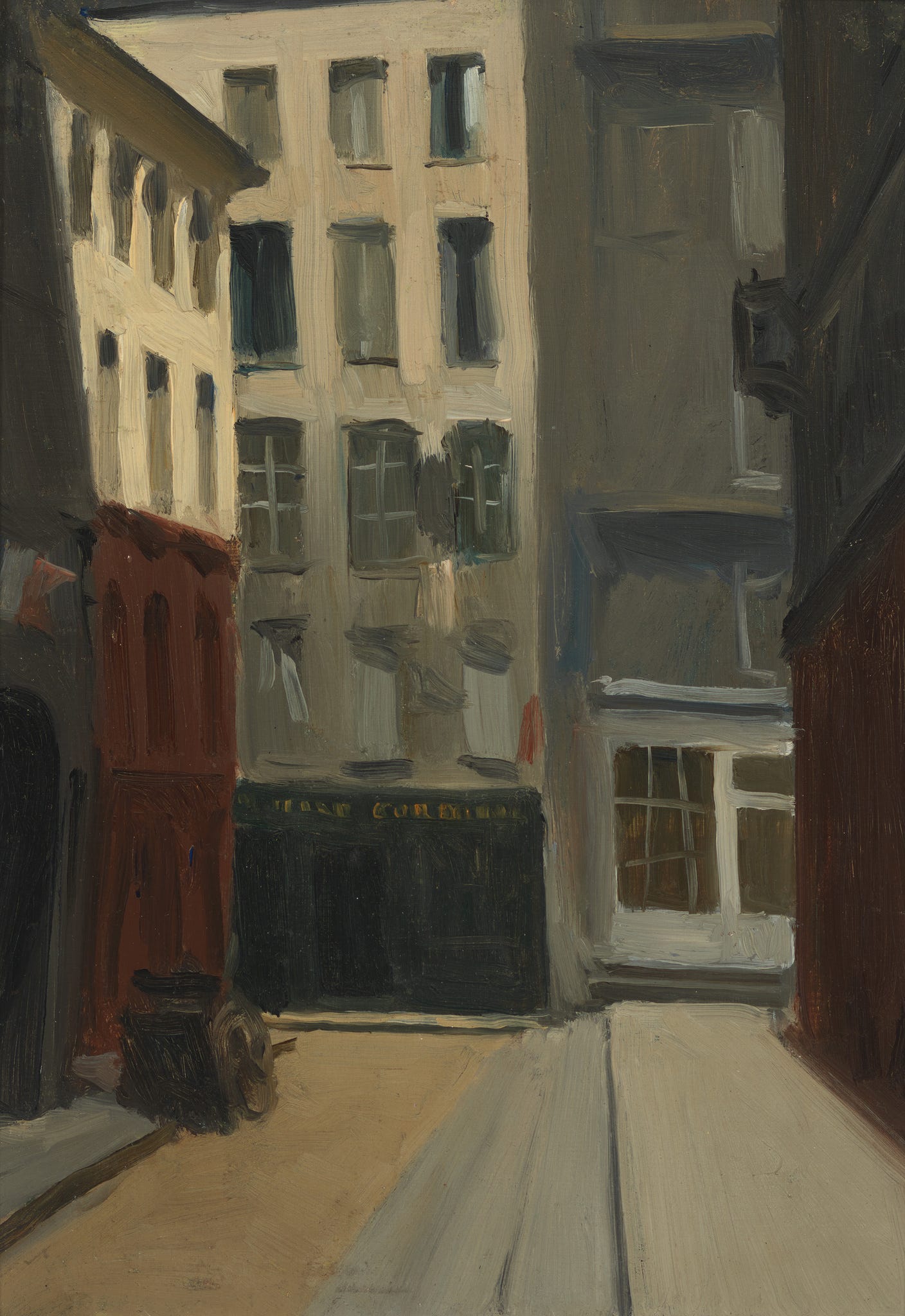
I’m not a huge Edward Hopper fan but I love his early paintings of Paris. These paintings capture a unique feeling still available in the center of Paris and they are free of the labored, troubled quality that plagues Hopper’s later work. Are these Paris paintings well known? I knew nothing about them when I first started going to France in 1989, just as Hopper did at 24/25 years of age. I became aware of Hopper’s French work about ten years ago. I immediately see in them an awareness of Impressionism and a strong influence of Albert Marquet.
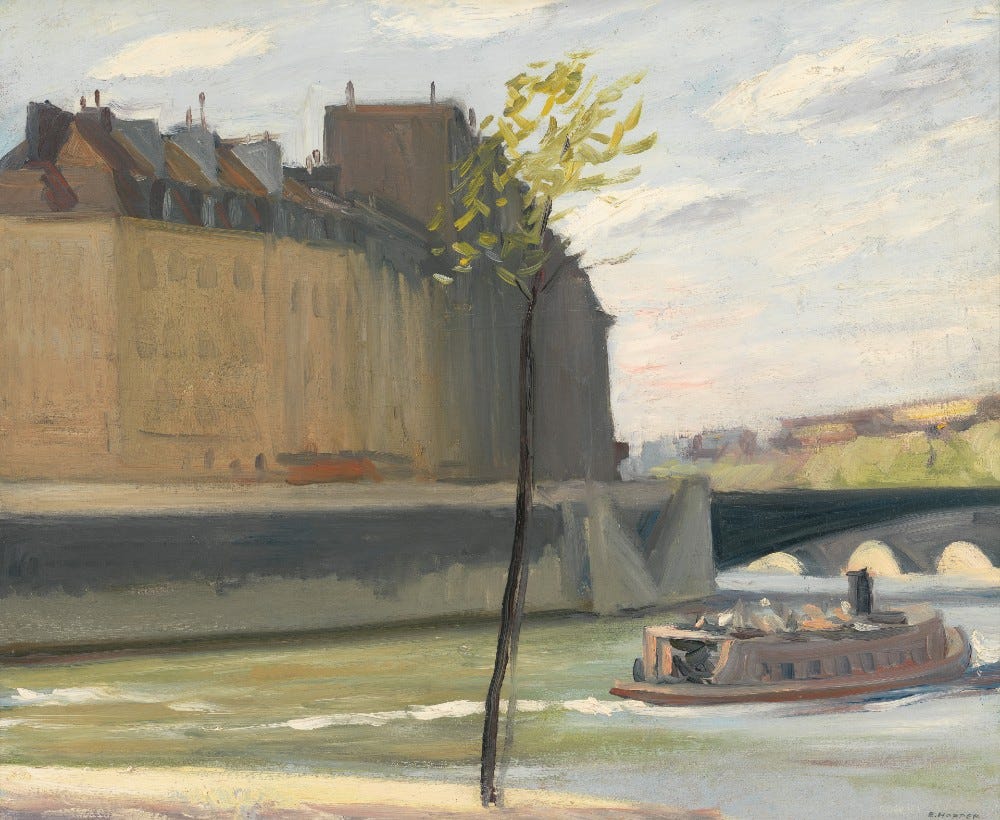
I also find Hoppers compositions contain a confidence, joy and light that reminds me of paintings by Felix Vallotton (1865-1925). Hopper arrived in Paris in October, 1906, the day after Cezanne died, just as the Salon D’Automne was on view in the Grand Palais and this painting may have been there…
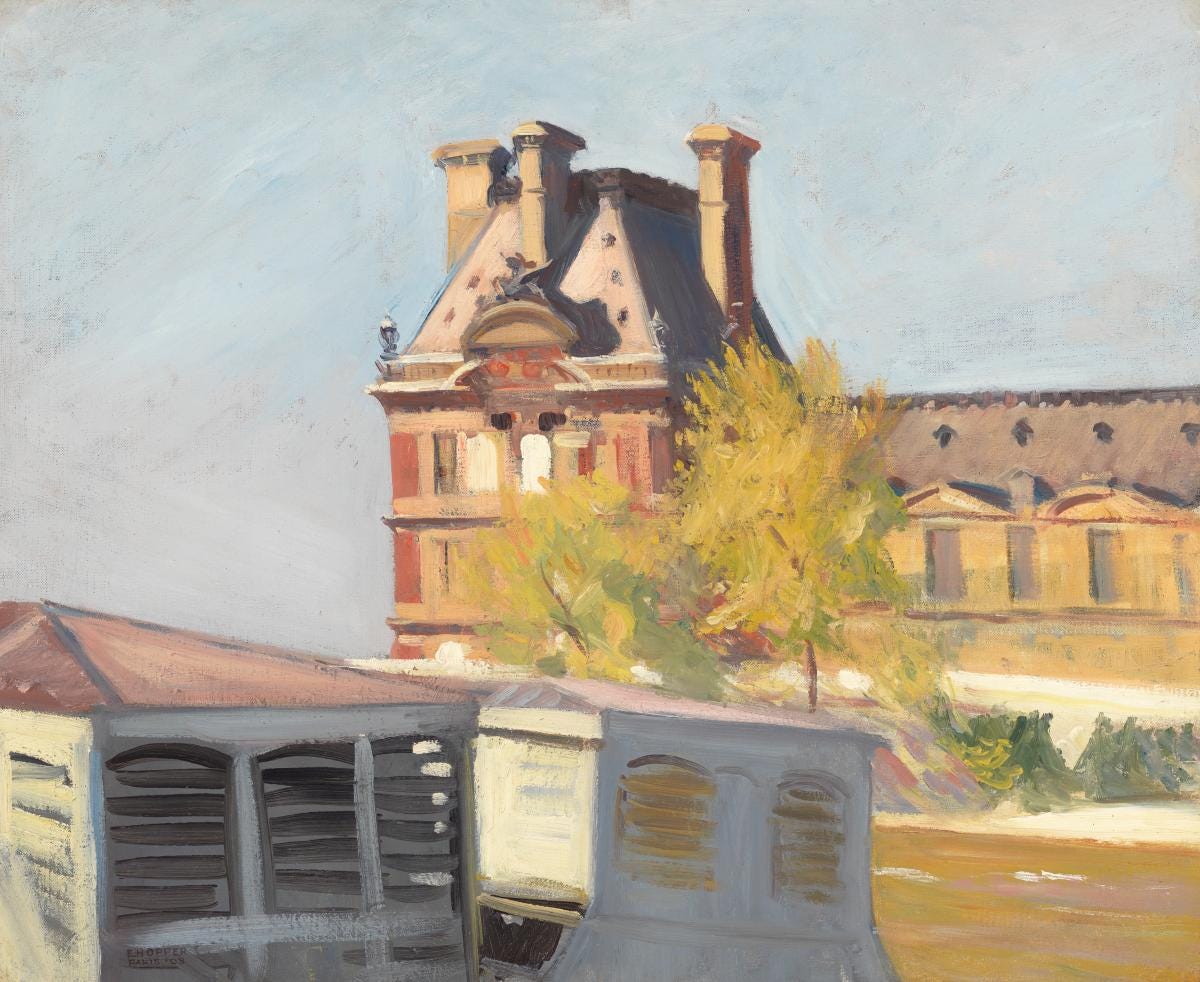
When I walk along the Seine I often recognize some of the places where Hopper must have made a drawing or set up his easel. How fantastic that you can still see these places, these perspectives: Le Pavillon de Flore, 1906, Ile Saint-Louis, 1909. If you dare to push open the door at 48, Rue de Lille as I did a week ago, you may see this staircase and courtyard.
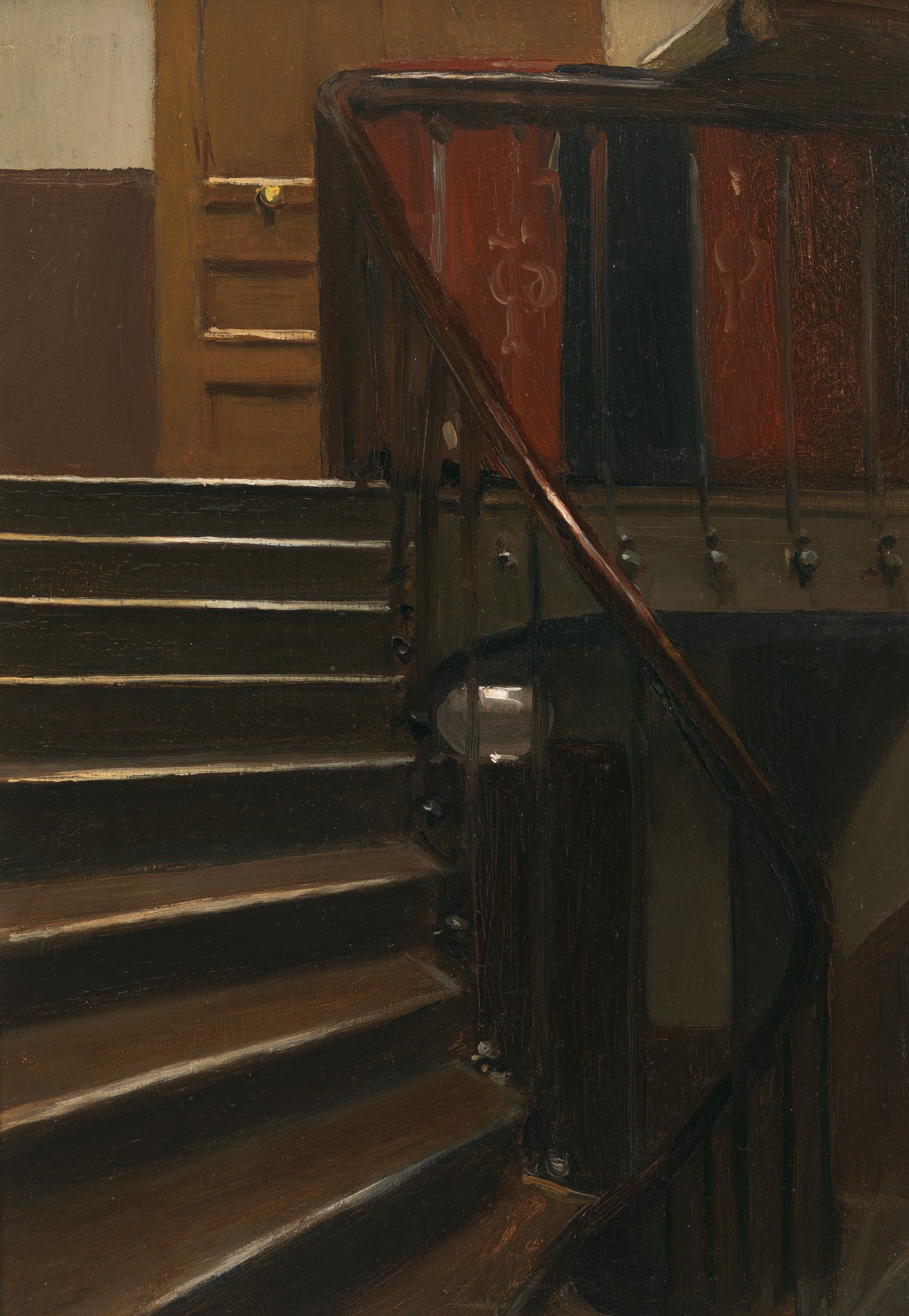
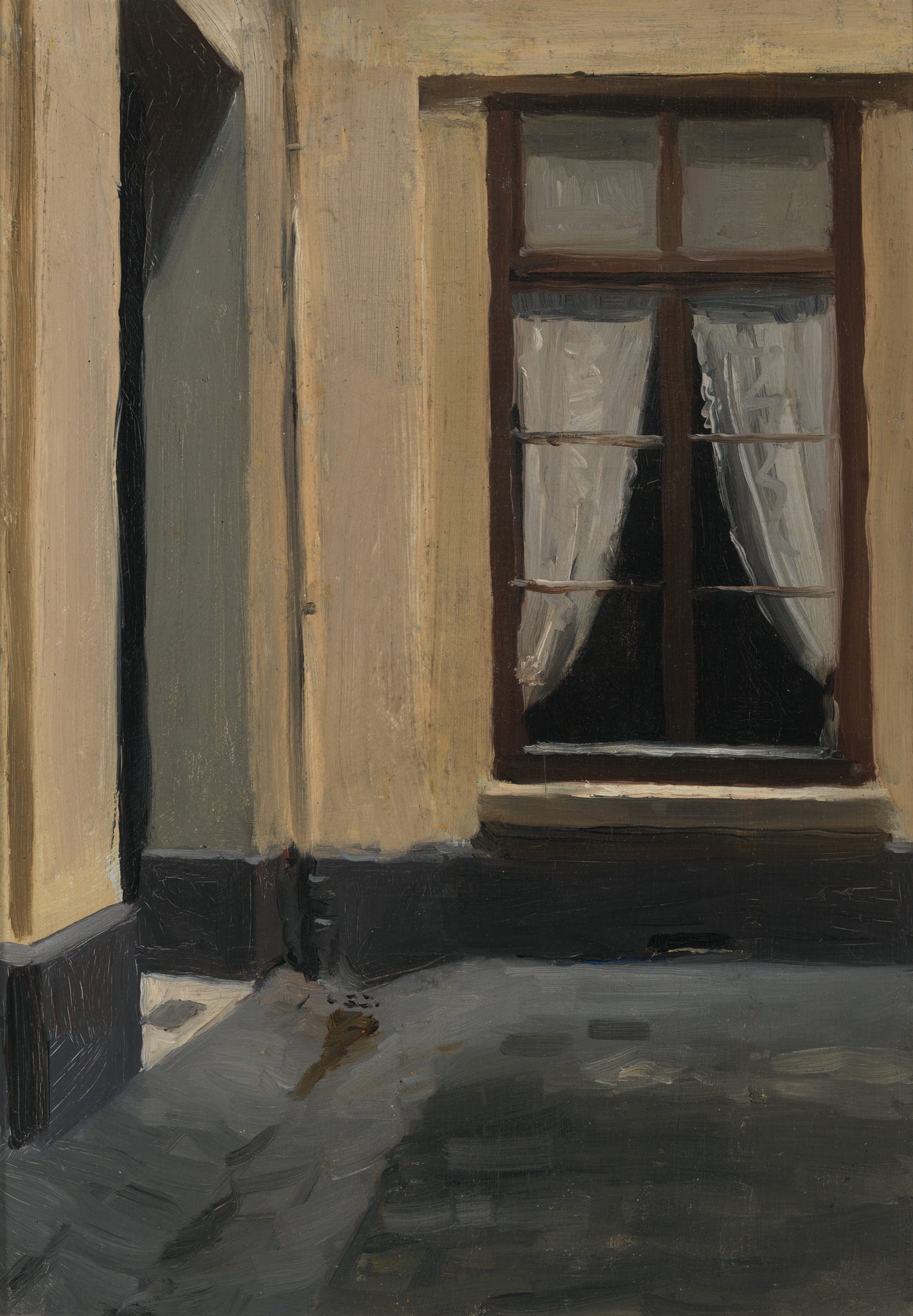
Edward Hopper made three trips to Paris between 1906-1910 and there have been several major exhibits such as the 2020 exhibition at the Phillips Collection in Washington, DC, that examine the impact of Paris on Hopper’s style and direction. A great deal has been written about the complicated environment in the US art world when Hopper exhibited some of these Paris works in New York in his early years. He eventually hid or downplayed how much he enjoyed Paris and how much he admired French painting in order to position himself as the standard bearer of American Realism. Gail Levin and many other historians have discussed Hopper’s complex relationship with France.
Note: the red at the top of the stairs in the stairwell painting above has baffled some people. I’m pretty sure it is a table cloth or altar cloth for a church table. The place where Hopper stayed, 48, Rue De Lille, has always been a Baptist church. Hopper and Vallotton both came from conservative Protestant families. I’m not the first to recognize the connection between their paintings as you can read here.


